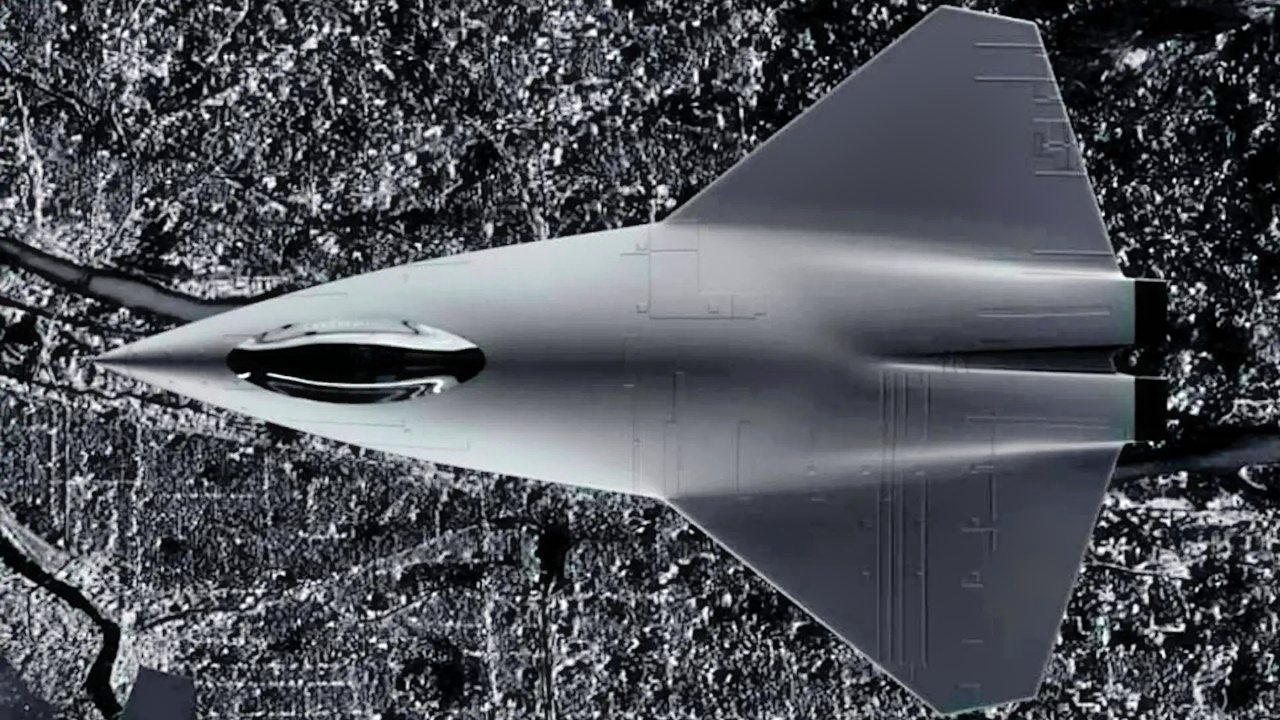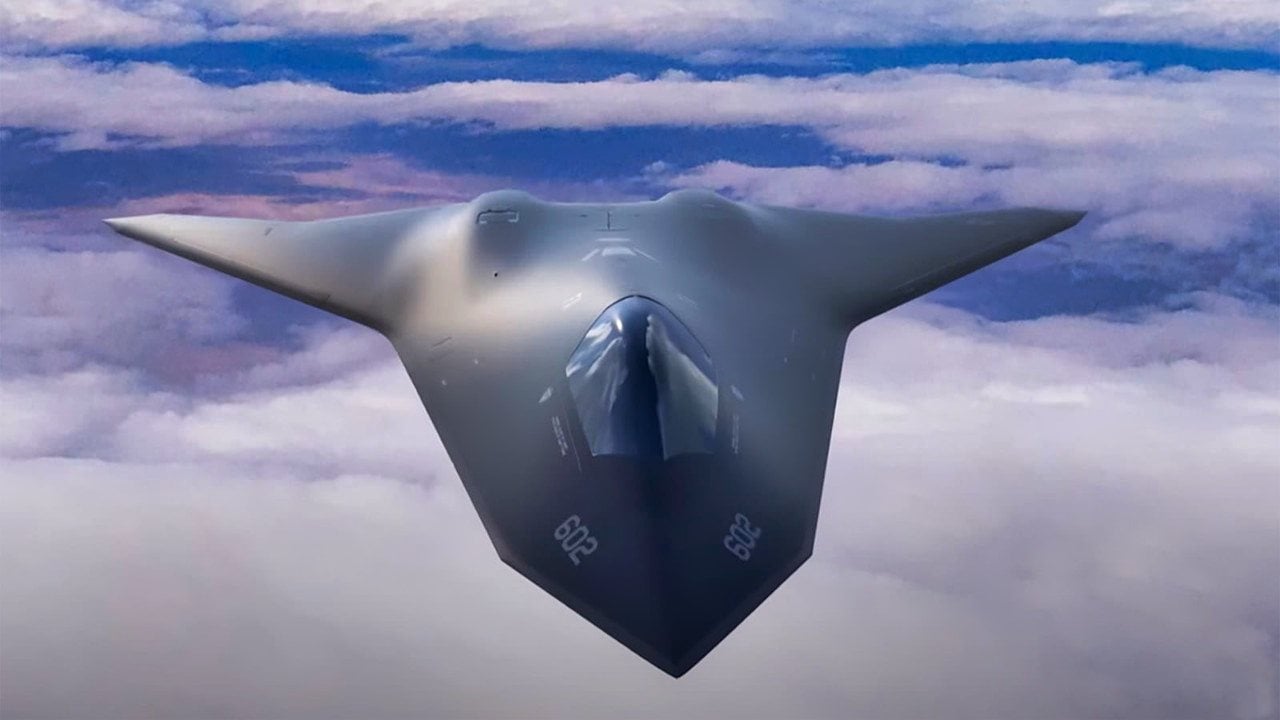Budget Woes May Ground U.S. Air Force's NGAD Fighter Program
The U.S. Air Force’s Next-Generation Air Dominance (NGAD) program faces significant budgetary challenges that may prevent it from realizing its full vision. Instead, it is likely that only the next-generation drones designed to accompany the manned sixth-generation aircraft will proceed to production.
Summary and Key Points: The U.S. Air Force’s Next-Generation Air Dominance (NGAD) program faces significant budgetary challenges that may prevent it from realizing its full vision. Instead, it is likely that only the next-generation drones designed to accompany the manned sixth-generation aircraft will proceed to production.

-The NGAD's ambitious "system of systems" approach, incorporating advanced and experimental technologies, has resulted in a projected cost of $300 million per plane, a figure that may increase due to inevitable delays and complications.
-Given the current financial constraints, the program may be scaled back, with a focus on more affordable components like the Collaborative Combat Aircraft drones.
Budget Woes May Ground U.S. Air Force's NGAD Program, Drones to Take Lead
I’m going to make a prediction: Given the budgetary uncertainty the country is up against, the U.S. Air Force’s Next-Generation Air Dominance (NGAD) program will not take flight as the Pentagon envisions it.
What will likely happen instead is that the next-generation drones meant to be paired with the new, manned, sixth-generation warplane will in fact go into production without that manned component.
The NGAD program is the Air Force’s attempt to install a new “system of systems” approach to air warfare. Rather than simply making a new jet fighter as the Pentagon has always done, the Air Force wants to create an entirely new technological ecosystem that supports – and augments – the fighting prowess of the upcoming sixth-generation warplane.
But at $300 million per plane, it just might be too much for the Air Force under current budgetary realities.
Plus, the NGAD basically takes every experimental or advanced piece of technology and tries to rapidly mature those systems together. While innovative, this also means that the $300 million per-unit price tag is a low estimate. There will be considerable delays, technological malfunctions, and other complications, all of which will lead to the inevitable inflation, at least for the early units of the program.
The Air Force is Living a Fantasy
The Air Force already has insufficient numbers of combat-ready warplanes. The fourth-generation airframes that defined the Air Force’s fleet for the last three decades of the 20th century never really gave way to the fifth-generation warplanes.
The F-22 Raptor, which most experts believe is truly the most advanced warplane in the world, was deemed too expensive. Its production line was prematurely canceled in 2009 by the Obama administration in response to the global financial crisis.
Thus, the Raptor was never able to achieve the numbers needed to safely retire the fourth-generation warplanes it was intended to replace.
Meanwhile, the F-35 Lightning II experienced countless delays due to technical complications. Those have created critical gaps in America’s warplane arsenal. Too many fourth-generation warplanes are being retired, with too few fifth-generation warbirds available to replace them.
Just imagine these shortages but on an even greater level. There is no way the nation’s defense contractors will be able to fulfill their contractual obligations to the Air Force for properly built sixth-generation warplanes at an affordable cost.
Congress will also give such an expensive, highly complex, long-term program the budgetary short-shrift as other programs are deemed more important. With each cut to the NGAD program over time, only pieces of it will make it to the battlefield, just as happened with the F-22.
Likely only the cheapest elements of the NGAD program will survive.
What You’re Going to End Up With
Systems like the “Collaborative Combat Aircraft,” which are next-generation drones designed to operate in tandem with the tailless sixth-generation warplane, will likely be built in abundance. While expensive, these systems are nowhere near as pricey as the sixth-generation warplane.
Plus, they’re unmanned and will likely eventually be flown by artificial intelligence systems anyway – meaning they are both cheap and still sophisticated enough to reliably kill the enemy.
But don’t expect to see the NGAD program ever materialize as advertised. It won’t, because it’s completely irrational. The Air Force is acting like it’s still 1994. In fact, it’s more akin to 1914.
The NGAD, regardless of what the Air Force or defense contractors want, is not going to make it as planned. It is not a bad wager that the drones and the programs supporting automation make it through, and that’s about it. No incredible new flight controls. No warplane. Just the drones and AI.
And maybe that’s all we’ll need.

Author Experience and Expertise: Brandon J. Weichert
Brandon J. Weichert, a National Interest national security analyst, is a former Congressional staffer and geopolitical analyst who is a contributor at The Washington Times, the Asia Times, and The-Pipeline. He is the author of Winning Space: How America Remains a Superpower, Biohacked: China’s Race to Control Life, and The Shadow War: Iran’s Quest for Supremacy. His next book, A Disaster of Our Own Making: How the West Lost Ukraine, is due October 22 from Encounter Books. Weichert can be followed via Twitter @WeTheBrandon.
All images are Creative Commons or Shutterstock.
From the Vault
Russia Freaked Out: Why the U.S. Navy 'Unretired' the Iowa-Class Battleships
Battleship vs. Battlecruiser: Iowa-Class vs. Russia's Kirov-Class (Who Wins?)


